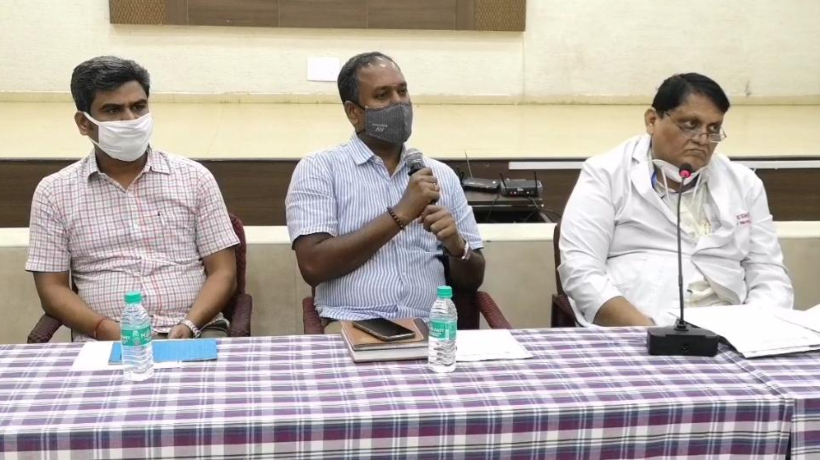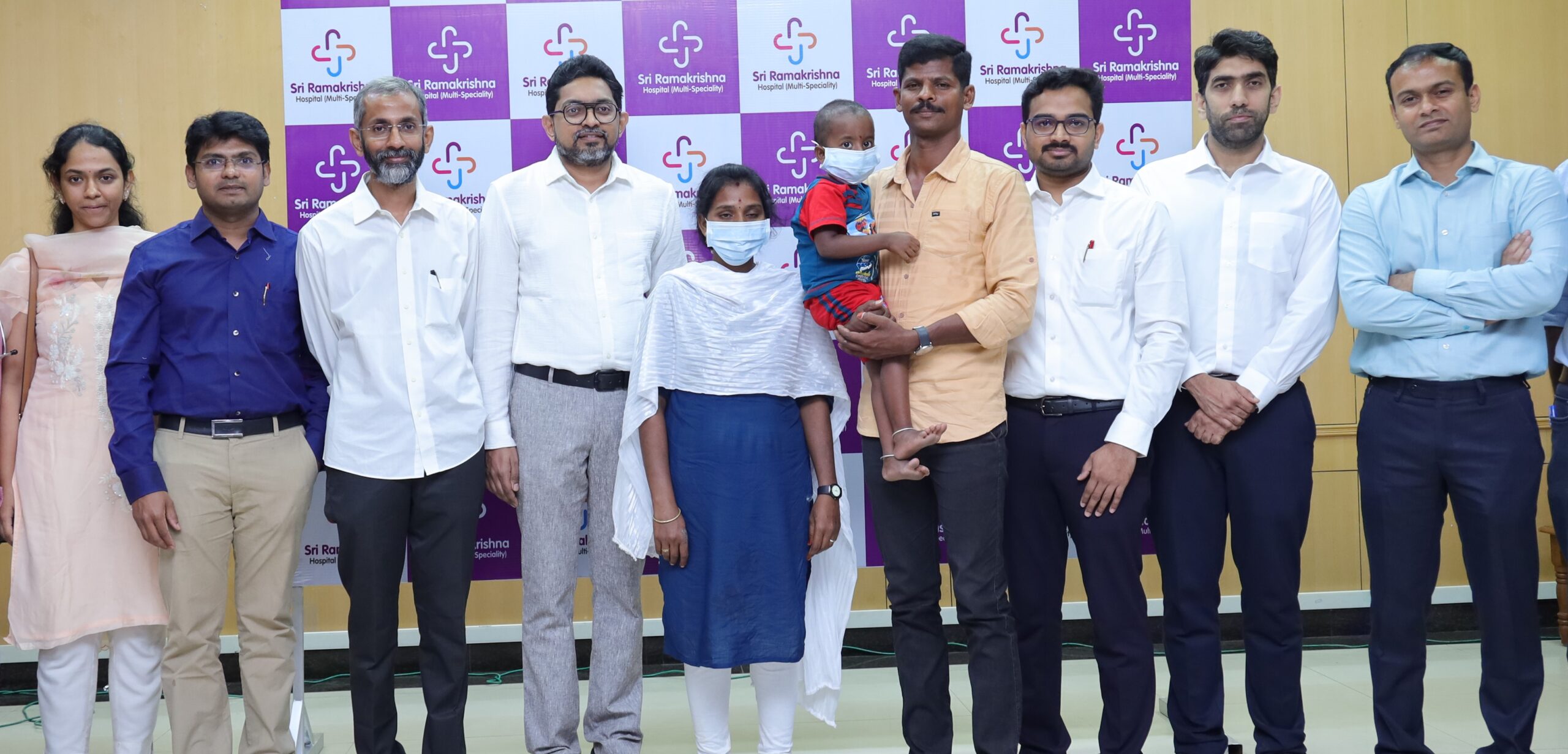Trending Now
- 830 voters names go missing in Kavundampalayam constituency
- If BJP comes to power we shall consider bringing back electoral bonds: Nirmala Sitaraman
- Monitoring at check posts between Kerala and TN intensified as bird flu gets virulent in Kerala
Coimbatore
Indian Medical Association’s Coimbatore chapter bats for smoke-free Bhogi
![]() January 11, 2021
January 11, 2021
Air pollution is ubiquitous and today it is considered as the new tobacco as the smoke from air pollution consist almost all pollutants found in tobacco smoke. Air pollution, both household and ambient, is second leading risk factor in India, contributing to around 12.5% deaths (1.24 million of total deaths deaths) and 8.1% DALIYs (38.7 million of total DALYs) (DALYs: Disability adjusted life years or healthy year of life lost) in 2018.
Exposure to air pollution causes various diseases, major ones are: Lower respiratory infection (821 DALYs per 100000 populations); chronic obstructive pulmonary disease (817 DALYs/100000); Ischemic heart disease (667 DALYs/10000) stroke, Diabetic Mellitus, Lung cancer and Cataract (Balakrishnan et al. Lancet Plenary Health 2018).
Air pollution, especially exposure to PM, 2.5 (particulate matter less than 2.5 micro meter in size) during pregnancy period also causes adverse pregnancy outcomes such as low birth weight, preterm birth, birth defects, IUGR. Chronic exposures to PM 2.5, can cause effects on neuronal systems and cardio vascular system (BP, Heart rate variability, atherosclerosis, thrombosis etc.) as well.
This disease burden arise as a consequence of inhaling particulate matter from various combustion sources such as Distributed Diesel, Transportation, Brick production, Anthropogenic dust, open burning of garbage, Power plant, Industrial coal, Residential Biomass burning etc.
Around 66000 deaths and 1.8 million DALYs are attributable to open burning of agricultural wastes (Health Effects Institute 2018). If no actions are taken this open burning the death may reach up to 203,000 and DALYs to 4.2 million.
Burning toxic wastes such as tyres, plastics, foams (seat materials, furnishing materials, etc., are further hazardous as many of the combustion gases and particles can cause cancer, asthma, gastrointestinal, neurological and kidney effect in humans.
Burning tyres can cause hazardous exposures to particulate matter, carbon monoxide, carbon dioxide, polycyclic aromatic hydrocarbons) PAHs), Benzene, Formaldehyde Buttadiene, Styrene, Metals, Cyanide, Sulphur dioxide, Hydrogen chloride etc.,
Similarly burning plastics can cause exposure to Poloystyrene, Dioxin, polychlorinated biphenyls PCBs) brominated compounds Furans etc., For example PCBs can cause cancer of liver and binary tract; PAH can cause birth defects, stomach, skin and lung cancer; Formaldehyde can cause increased risk of asthma, neurological effects, nasal and eye irritation, eczema and lung cancer.
Few of these chemicals are not only hazardous to human, it is damaging to environment causing ozone depletion and climate effects.
Children, elderly population, population with prior heart and lung disease, diabetic, people doing work and exercise outdoors will be at high risk of manifesting disease from exposure to particulate matter and toxic composition of particles.
It is very important to note that many patients are suffering from severe Lung damage because of the current Covid19 pandemic and are suffering a lot. Air pollution can aggravate this damage and can be life threatening especially to Lung affected Covid patients. We request general public to act responsibly.
Our best wishes to Tamil Nadu Pollution control Board (TNPCB) for their proactive measures towards, containing environmental pollution, IMA & NHB will work closely along with TNPCB for our fight against pollution.
Thus, said Dr.V.Rajesh Babu, President,and Dr.Priya Kubendiran Secretary IMA Coimbatore.























